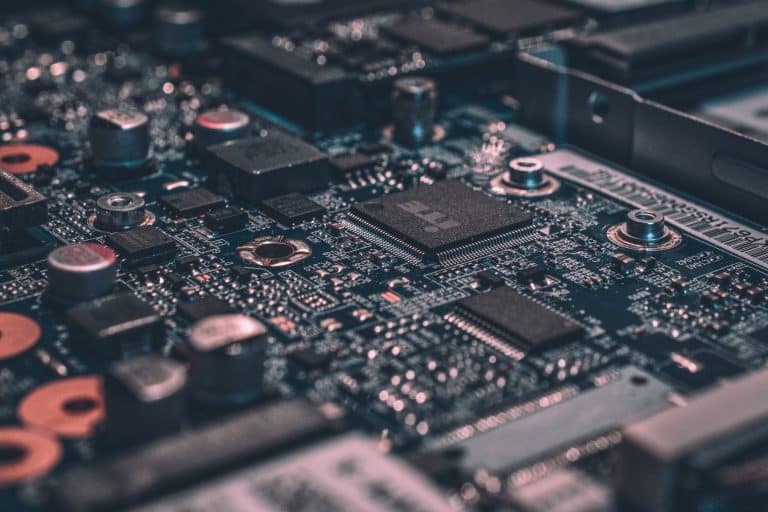To put it another way, it’s a mix of hardware and software or an entirely functioning computing system that is designed to execute one specific task within another bigger system. It has programmable, customisable, and fixed capabilities. There are embedded systems in everything from machines and robots in the industrial and manufacturing sectors to consumer electronics, agricultural and process industry equipment, automobiles, medical equipment, cameras, home appliances, aircraft, vending machines, toys, and mobile phones.
An embedded system in a car can be the airbag system, which deploys the airbags in the event of a collision. The integrated airbag system is part of a larger system that includes the automobile itself.
In a larger system, many embedded systems work together. In a car, for example, there are various embedded systems, such as cruise control, backup sensors, suspension control and navigation systems.
List of Embedded System Categories
Embedded systems may be divided into four broad categories based on their intended purpose. These are the ones I’d like to point out:
- Embedded Real-Time Systems
To meet a predetermined output deadline, these embedded systems operate on a predetermined set of inputs. Consequently, their performance is time-dependent.
It is best suited to “mission important” jobs. Systems like airlock braking systems, pacemakers, air traffic control, and industrial-grade computers, such as PLCs, are all examples of this.
- Standalone Embedded Systems
There is no requirement for a host system in these embedded systems. Sensors, such as push buttons or keywords, are used to collect data, which is subsequently processed to provide the required results. Video gaming consoles, digital cameras, and microwave ovens are examples of freestanding embedded systems.
- Embedded Systems with Networking
The functionality of these embedded systems is contingent on their ability to communicate with one another across a network. Internet, wide-area network (WAN), or local area network (LAN) connectivity are all required (LAN). Home security systems with sensors linked through Transmission Control Protocol/Internet Protocol (TCP/IP) are an outstanding example of an embedded system with LAN connectivity.
- Embedded Mobile Devices
Mobile phones, MP3 players, and other portable electronics may all benefit from the inclusion of embedded systems. A lack of a graphical user interface is common because of their modest size (GUIs).
Applications of Embedded Systems
A variety of technologies across a wide range of sectors rely on embedded systems, despite their little size.
- Healthcare:
Sensors and control mechanisms are common in medical equipment with embedded systems. To guarantee that these devices are easy to use, they require a complex operating system (OS) and graphical user interface (GUI). - Production:
Multiple embedded systems are common in industrial robots. To efficiently monitor and control functions, these are frequently in the form of sensors or automation systems. - Design and Development of Portable Electronic Devices:
In addition to the operating system, cameras, microphones, and USB I/O modules, all mobile devices have a variety of embedded systems.

